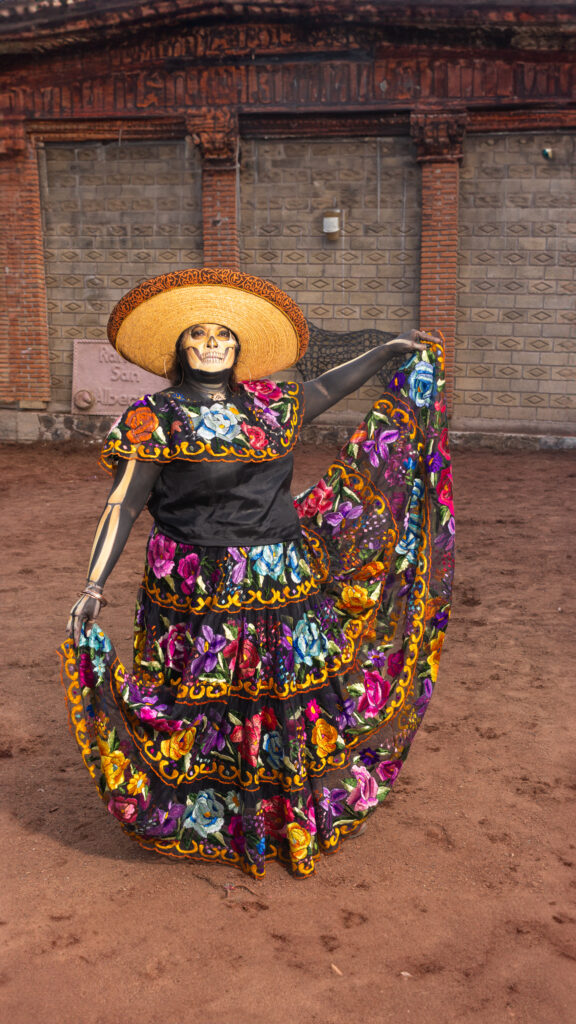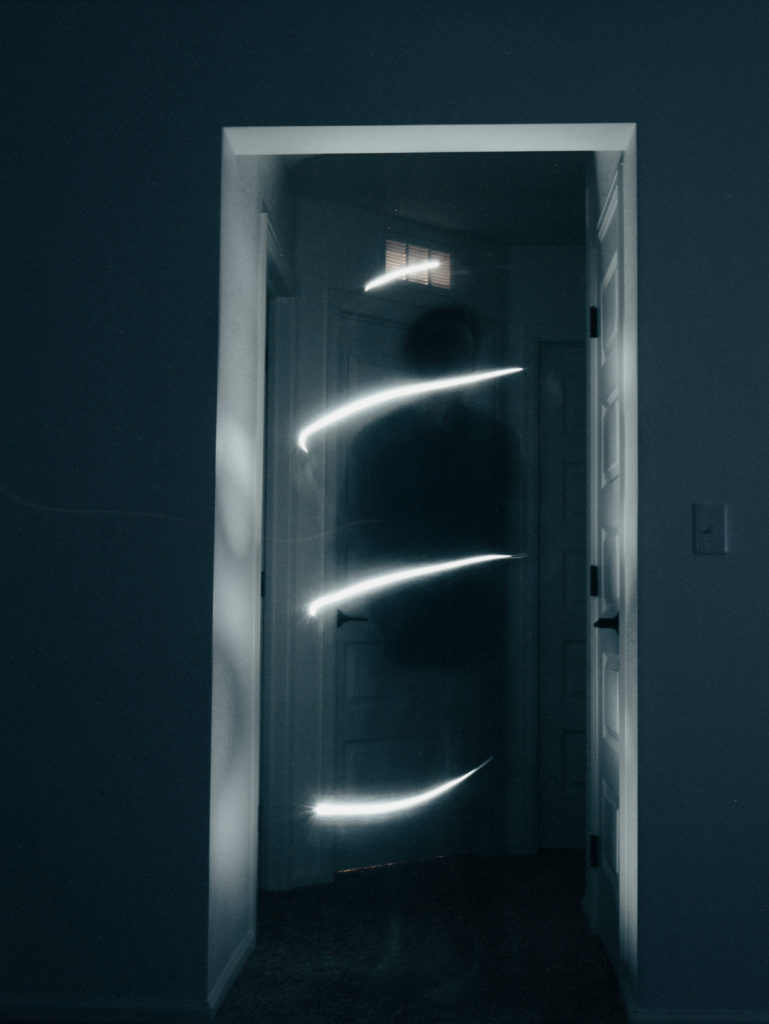Cultural Comparisons: A Witty Tale of Halloween and Dia de los Muertos
Get cozy, because “Cultural Comparisons: A Witty Tale of Halloween and Dia de los Muertos” is a fun and exciting journey! This article is all about comparing two different ways people celebrate, one spooky and all about costumes, that’s Halloween; and the other is colorful, about remembering loved ones who aren’t here anymore, that’s Dia de los Muertos. Both of these celebrations are special and they both talk about something a little bit scary, but in a fun way. We hope you enjoy reading and make sure you stick around for “The Halloween Junkie Take” at the end for lots of laughs!

This image is property of images.pexels.com.
The Origins of Halloween
The Celtic roots
Halloween was born from an old festival celebrated by the Celts, a group of people who lived long ago in Europe. This festival was called Samhain (which you would pronounce as “sow-in”), and it was held at the end of the harvest season. The Celts believed that during Samhain, the line between our world and the spirit world became thin, and ghosts could cross over and visit us.
Transformation through Christianity
As time went by, Christianity, a new religion, spread across Europe, including the Celtic lands. The Christian leaders decided to blend their holidays with the local ones to help people accept their new religion. So, Christianity birthed All Saints’ Day (also called All Hallows’ Day), celebrating every saint on November 1st, a day after Samhain. It’s from “Hallows’ Eve” that we get the term “Halloween.”
Coming to America: The popularization of Halloween
When people from Celtic lands, like Ireland and Scotland, started moving to America, they carried their Halloween traditions with them. In America, Halloween grew into a fun-filled holiday with costumes, trick-or-treating, and other festivities. It became so popular that people from all over the world now celebrate it.
Halloween Traditions and Symbolic Implications
Donning costumes: History and significance
Going back to the olden days of Samhain, Celts would wear scary costumes to blend in with the spirits and scare away the harmful ones. Nowadays, you can dress up as anything you like for Halloween, not just as something scary.
Trick-or-treating: An evolution of practices
The trick-or-treating tradition began from “souling,” an old practice where people asked for food or money in exchange for prayers for the dead. Later, American children added their twist, asking for candy instead!
Pumpkins and Witch symbols: The story behind
Why do we carve pumpkins? It began as an Irish folklore about a man named Jack, who tricked the devil and was cursed to wander the ghostly world forever with a lantern. The Irish would carve faces into turnips to keep evil spirits away, but when they moved to America, they found pumpkins much easier to carve. Witches, on the other hand, have been figures of fear and fascination for centuries, making them a staple of Halloween narratives.

This image is property of images.pexels.com.
The Dark Yet Playful Undertones of Halloween
Celebrating fear and death
Halloween might be spooky, with ghosts and ghouls roaming around, but remember it’s all in good fun. This holiday gives us a chance to playfully explore things that are usually scary, like death and the supernatural.
The concept of liminal spaces
Halloween is about the “in-between” – that magical time when day turns into night, summer into winter, and the line between the living and dead blurs. This is what we call a “liminal space,” where anything seems possible!
Fanciful lore and supernatural elements
From haunting ghost stories, to tales of witches and vampires, Halloween loves its supernatural legends. These stories add to the holiday’s mysterious and magical charm.
Introduction to Dia de los Muertos
The pre-Hispanic roots
Now let us travel to Mexico, where Dia de los Muertos, or Day of the Dead is celebrated. This holiday has roots in the ancient cultures of Mexico, who believed that death was just another part of life’s journey.
The blend with Catholicism
Much like how Halloween blended with Christianity, the Day of the Dead also combined with Catholic beliefs when Spanish settlers came to Mexico. All Saints’ Day (November 1st) and All Souls’ Day (November 2nd) became the new dates for the Day of the Dead celebrations.
Dia de Los Muertos in contemporary Mexican society
Today in Mexico, people still keep alive the traditions of Dia de Los Muertos. Families honor their ancestors with beautiful home altars, parades, and festive foods.

This image is property of images.pexels.com.
Vivid Practices of Dia de los Muertos
Creating ofrendas (altars)
During Dia de Los Muertos, families build colorful altars called “ofrendas” in their homes. They decorate these altars with pictures, favorite foods, and special items of their loved ones who have passed away. The altars are created to welcome the spirits back home.
Marigolds: the flower of the dead
Marigolds are considered the flowers of the dead. Their bright color and strong scent are believed to guide the spirits back to the world of the living.
Sugar skulls and papel picado: Their meanings
Sugar skulls are sweet treats shaped like skulls, representing the sweetness of life and the bitterness of death. Papel picado, beautifully cut-out paper decorations, signify the fragility of life.
The Celebratory, Commemorative tone of Dia de los Muertos
Honoring and remembering the dead
Dia de Los Muertos is a time to remember and honor the loved ones who are no longer with us. It’s not a sad or scary holiday but one that celebrates the lives of those who have passed.
The understanding of cyclical life and death
This celebration reminds us that death is a natural part of life. In Mexico, people believe in life after death — that while the body may die, the spirit lives on.
Food, music, and color: Turning grief into celebration
Dia de Los Muertos is marked by vibrant colors, lively music, and delicious food — turning a day of mourning into a celebration of life.
Common Threads: Death in both Celebrations
Acknowledgment of death’s inevitability
Both Halloween and Dia de Los Muertos allow us to acknowledge death’s inevitability. These holidays remind us that death is a part of life and should be acknowledged, not feared.
Blurring of the real and the supernatural
Both celebrations blur the lines between reality and the supernatural, allowing spirits to cross into the world of the living.
Use of humor as a coping mechanism
Humor is a common theme for both holidays. From funny Halloween costumes to witty epitaphs on Dia de Los Muertos altars, laughter helps us make light of death, making it feel less intimidating.
Divergent Approaches: Halloween vs Dia de los Muertos
Fear vs. acceptance of death
Halloween often presents death as something spooky and frightening while Dia de Los Muertos accepts death as a natural part of life’s journey.
Commercial vs. familial focus
While Halloween is often centered around commercial things like costumes and candies, Dia de Los Muertos focuses more on family and community.
Solemnity vs. jubilation: Treatments of death
Death on Halloween might feel solemn and spooky, whereas on Dia de Los Muertos, death is treated with more joy and respect.
Influence and Exchange Between The Two Cultures
Cross-pollination of traditions
Both Halloween and Dia de Los Muertos contain influences from various cultures. This has led to shared traditions, like the use of skeletons and skulls.
Adoption and adaptation in different cultures
Nowadays, elements from both Dia de Los Muertos and Halloween are celebrated worldwide, showing the cultural exchange between different countries.
The impact of globalization on traditional celebrations
Because of globalization, more people are learning about and participating in Halloween and Dia de Los Muertos. This brings new traditions but also helps preserve the old ones.
The Halloween Junkie Take
Laughing at Death: Similarities in humor
Both Halloween and Dia de Los Muertos teach us to laugh at death and not fear it. We could all use a chuckle once in a while, right?
Why Halloween needs a little bit more Dia de los Muertos
Halloween could learn from Dia de Los Muertos’s way of honoring and celebrating the dead, rather than making it feel scary. Imagine how much more meaningful Halloween could be if it was more about remembering our loved ones as well.
From spookiness to solemnity: A Halloween lover’s encounter with Dia de los Muertos
So, the next time you’re celebrating Halloween, remember: it’s not just about the spooks and scares. It’s also an opportunity to remember and cherish our loved ones who aren’t here with us anymore. And who knows, maybe you can bring a bit of Dia de Los Muertos into your Halloween!
Cultural Comparisons: A Witty Tale of Halloween and Dia de los Muertos Read More »

